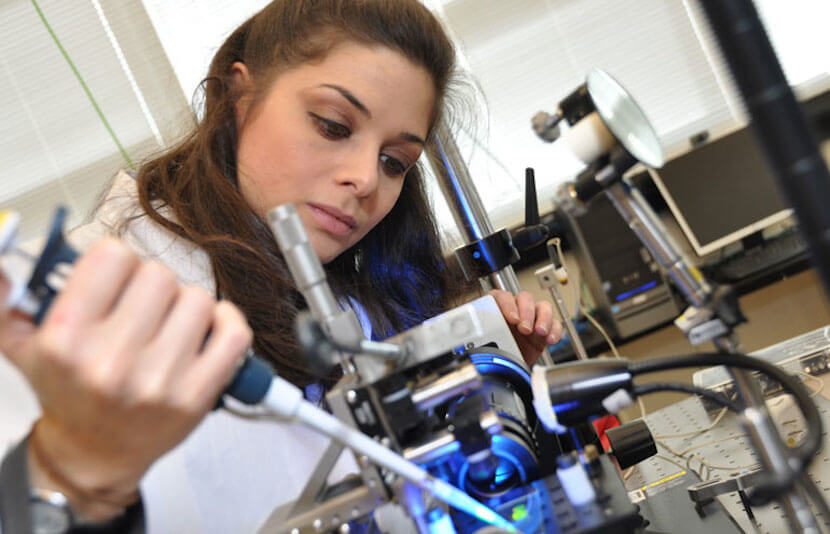A team of researchers at the University of British Columbia (UBC) in Canada has developed a miniscule device that can monitor water quality instantaneously.
The device is wireless, so it can be installed at any point in a water distribution system and transmit information about the water quality back to a central server. It can also stand up to intense water pressure levels.
The device’s sensors are modular, which means that if one stops functioning, it does not affect the entire array.
The research team is led by Professor Mina Hoorfar, the director of UBC’s School of Engineering, and the device was created in her Advanced Thermo-Fluidic lab at UBC’s Okanagan campus.
Most urban areas currently have their water purification plants upstream of the citywide distribution network, so any contamination that occurs after the water passed through the purification plants would not be detected.
The high costs of traditional water quality sensors have also stood in the way of timely detection of waterborne illnesses.
“Current water safety practice involves only periodic hand testing, which limits sampling frequency and leads to a higher probability of disease outbreak,” Hoorfar said in a statement.
“Traditional water quality sensors have been too expensive and unreliable to use across an entire water system.”
However, with this new device, individuals would be able to monitor the quality of their drinking water as it comes out of the tap.
And, since the device can be manufactured easily, quickly and inexpensively via 3D printing, it would not be cost-prohibitive for individuals to begin monitoring their own water supply.
“This highly portable sensor system is capable of constantly measuring several water quality parameters such as turbidity, pH, conductivity, temperature, and residual chlorine, and sending the data to a central system wirelessly,” Hoorfar said in a statement.
“It is a unique and effective technology that can revolutionize the water industry.”
While the miniature sensor could certainly be employed in the developed world, Hoorfar foresees this technology having the greatest benefits in developing countries, where water contamination risks are much greater.
“Here [in Canada], water contamination is not as big of a concern, but in the developing world, much of the drinking water is extracted from wells—and if any contaminants get into the well water, the entire water supply becomes contaminated,” Hoorfar told The University Network (TUN).
With this device in use, any pollutants or pathogens in water extracted from wells could be detected before it was consumed.
Hoorfar hopes that this device will revolutionize the way in which water quality, in developing world especially, is monitored.
“I don’t want this to be another innovation that just ends up sitting on the shelf,” she told TUN.
“[The university] is looking to take this technology to the next level. UBC does not currently have the capability to mass-produce this technology, so we are looking for companies and investors to help us bring this technology to the world.”
The full paper is published in Sensors.
Muinul Banna from UBC’s School of Engineering; Kaustav Bera from the Indian Institute of Technology; Ryan Sochol from the Department of Mechanical Engineering at the University of Maryland; Liwei Lin from the Department of Mechanical Engineering at the University of California Berkeley; and Homayoun Najjaran and Rehan Sadiq from UBC’s School of Engineering, also contributed to this study.



